Posted by Felasfa Wodajo, MD
March 4, 2019
After a quick 45 minute flight from Addis Ababa, I touched down in the beautiful lakeside city of Hawassa. Unlike the many tourists who flock to the city, I was there to visit the orthopedic department at the University of Hawassa.
The remarkable Dr. Ephrem Gebre-Hana gave me a tour of the facility. He founded the department three years ago immediately after finishing his residency, and is now serving as its Clinical and Medical Director.
His department is a godsend to the people of the region. Before its completion, patients with orthopedic injuries had to transported 100 kilometers away to Soddo Christian hospital or 300 kilometers away to Addis Ababa. The location is certainly strategic. Dr. Ephram and his staff are providing an enormous volume of care – approximately a dozen patients arrive every day, 60-70% of whom have open fractures. Many of these injuries are received in traumatic car or motorcycle accidents. It’s certainly more than enough work for Dr. Ephram and his three orthopedic surgeons!
The orthopedic department is an exciting, encouraging place to visit for many reasons. For example, it is one of the largest Ethiopian beneficiaries of SIGN Fracture Care Int’l, a nonprofit that provides free intramedullary nails to hospitals throughout the developing world. By meeting the requirements of the program, Dr. Ephram and his surgeons are able to provide their trauma patients with vastly better care.
The department also has a 14 bed pediatric ward, donated in part by the Australian Doctors for Africa (ADFA). With large windows and high ceilings, it is just the sort of comfortable, calming environment that young patients need.
The orthopedic OR manager gave me a tour of his kingdom – eight different rooms spread out between an older and a newer building, dedicated to either c-sections, plastics, or general surgery. Operating in three shifts, the staff perform approximately 24 elective surgeries per day. It goes without saying they work every weekend and late into the night. During my short visit, I witnessed an open reduction and internal fixation of a two week old, grade 3 displaced supracondylar pediatric elbow fracture as well as neonatal meningomyelocele repair. Dr. Ephram’s department is accomplishing amazing work, and they could do much more if it weren’t for a host of systemic challenges.
First and foremost is the difficulty of receiving supplies. The SIGN program, for example, provides nails in batches of 20 when hospitals run out. Unfortunately, those those shipments don’t always arrive on time, which means Dr. Ephram must purchase plates and screws from India using hospital funds, which also might not arrive on time. Many other implements, such as their AO external fixators, are not available locally and depend on donations,
The department also lacks important equipment, which further limits the number of surgeries they can perform. For example, there are just two electrocautery machines, which must be rotated between six operating rooms. They reuse trocars. They do not have an orthopedic power system (e.g. Stryker 5 or 6) but rather use household Bosch drills with sterile cloth covers and autoclaved chucks. There are two steam sterilizers, but one is currently broken.
Dr. Ephram and his small staff are doing excellent work in Hawassa. It’s a beautiful thing to behold – perhaps, for doctors, more beautiful than the surrounding lake. Certainly there are challenges, but that makes the work all the more impressive. To anyone who loves Ethiopia and loves to care for patients, I would highly recommend a visit.


Leave a Reply